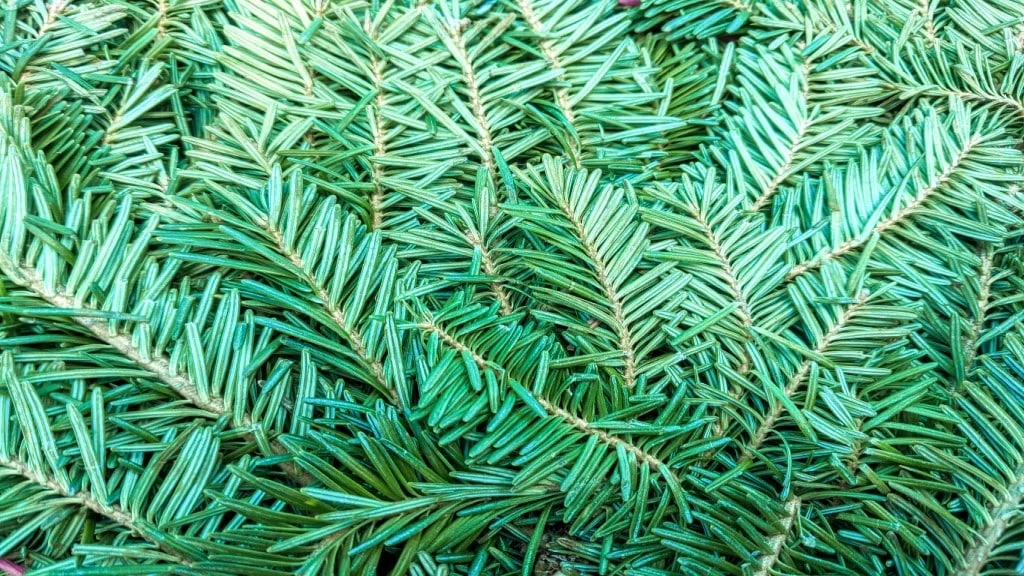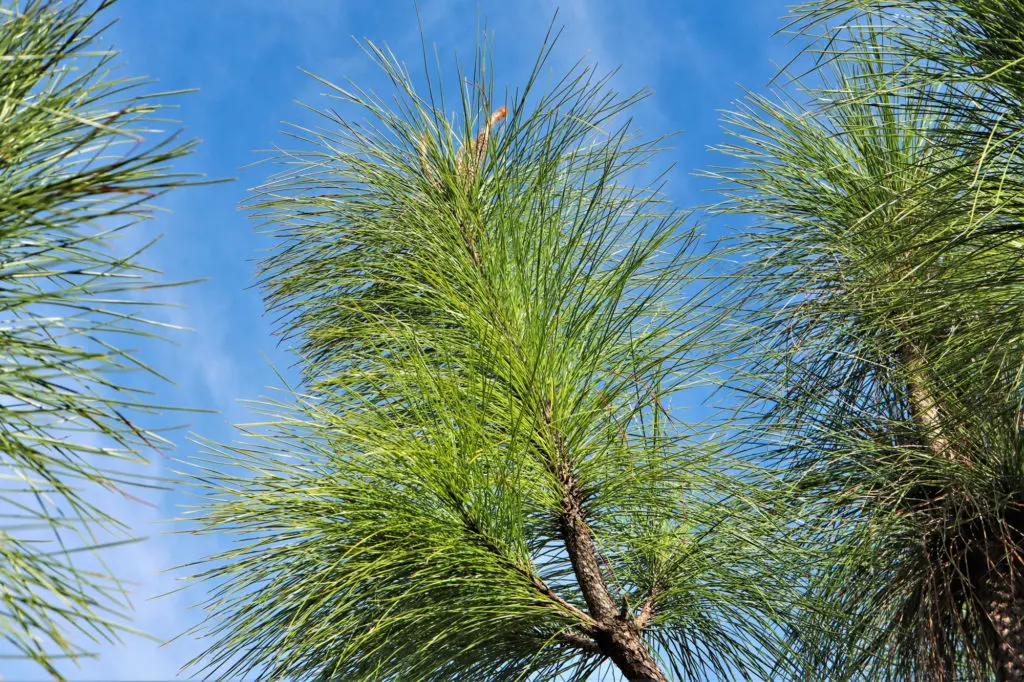by Amanda Rose Newton
The holiday season would not be the holiday season without the symbolic Christmas tree, but these evergreen trees receive little attention the rest of the year.

Come December, conifers are IN. In fact, according to Google statistics, conifers are the most commonly searched plants for winter care information.
While the number of species of these evergreens is relatively small compared to deciduous species, they offer tremendous value to ecosystems and serve as the environment’s largest natural carbon sink.
They don’t shed their lovely needles, making them the ideal shelter choice for animals and other plants. While conifers do not flower, the cones they produce are a valuable food source for some and a natural contributor to the creation of compost.
Green is known to help to aid in “nature bathing”, the ultimate way to disconnect for a moment and destress. The fact that conifers keep their green all year means potentially positive outcomes for your mental health if you have a few in your backyard.
When one thinks about Florida plants, the conifer may not come to mind. However, we have many native species, as well as a few honorable mentions, that perform beautifully.
Here, we discuss the top 5 conifers you should plant in Florida. Not only because they’re great for our ecosystem, but because conifers deserve a few more pages on the calendar.
Plant a conifer now, and you will have your very own Florida-native Christmas tree just in time for the 2022 holiday season!
Red Cedar (Juniperus virginiana)
Our Eastern Red Cedar has quite the past life! Fossil evidence suggests at one time it covered the majority of the continent.

Early visitors to the Americas used cedar for furniture, fences, and houses as it has beautiful weathering capability.
Cedar oil is also valuable as a repellant for everything from clothes moths to ticks.
For centuries, cedars were the chief wood used in pencil production to the point that the trees were nearly exhausted.
Today, the eastern cedar is typically used. It also happens to be a beautiful tree! It loves our alkaline soil, does well in full sun, and can grow in open spaces. Prized for its pyramid-like shape, this would make a fine substitute for the traditional fraser fir Christmas tree.
Slash Pine (Pinus elliottii)
If you own a home in Brevard county you very likely have a slash pine on or near your property.

Growing tall and strong, this tree is still prized for its heavy wood useful for all sorts of construction projects. The pine seeds are especially tasty to birds, and rumor has it, it’s all the rage with wild turkeys.
Woodlands comprised of slash pines are favorite hangouts for white-tailed deer, foxes, and turkeys. Sounds like my kind of place! Moderately salt-tolerant and hardy, it can reach over 100 feet tall. It is tolerant of wet areas and can withstand drought, making it likely to make it to maturity.
Longleaf Pine (Pinus palustris)
Bird lovers are already in the know about the importance of this noble tree to our hammock.
The longleaf pine serves as the perfect cover and shady area for birds and small mammals, and it is one of the few preferred species of the endangered red-cockaded woodpecker.
Quails, nuthatches, and finches all love the seeds (as well as those turkeys again) making them an ideal choice for anyone wanting to invite nature in.
Longleaf pines thrive in alkaline soil, do well in most light sources, and reach a smaller 80 feet tall.
Bald Cypress (Taxodium distichum)
You can not call yourself a true Floridian if you do not have a love for the beautiful bald cypress tree.

Native from Maryland to Texas and going as far west as the great Mississippi valley, sightings of Bald Cypress date back to the 1640s. In fact, it even had poetry written about it by the famous Henry Longfellow. He remarked how its towering boughs “waved like banners that hung on the walls of ancient cathedrals”.
Louisiana claimed the bald cypress as their state tree, and you can find them, some over 100 years old, still growing on the Gulf coast side of the state.
Unlike the above, the bald cypress does lose its needles during the winter months but more than makes up for it with its beautiful orange glow and characteristic knobby knees.
The classic swamp plant, it can withstand heavy moisture and help support the unique wetland ecosystem. Growing to 50-70 feet in height, they grow well in full sun and are easy to care for.
Honorable Mention: Norfolk Island Pine (Araucaria heterophylla)
While not a Florida native, the Norfolk Island pine sure likes to pretend it is!
Although it is a houseplant for most of the country, the Norfolk Island pine thrives in our warm climate.
This Australian native is known for its easily spaced branches and an enormous mature height of 80 feet tall.
The “scale” like needles are especially lush, making them an attractive addition to the landscape. They do equally as well indoors and can double as an instant Christmas tree during the winter months.
Conifer Care
Conifers are fairly gardener-friendly, in that they need everything in moderation. While they like moisture, they also need well-draining soil and require deep watering when newly planted.
Fertilizing is generally not required as they are not heavy feeders, but they can benefit from a nice top dressing of compost or manure in the spring months.
Pests are perhaps the most daunting aspect of conifer maintenance, as bark beetles and borers are notoriously difficult to detect until they emerge as adults.
A gardener can stay on top of pest issues by looking for changes in foliage color at the end of branches and needles that fade from green to lime green or yellow.
Pruning evergreens is usually not needed, but it should be done when the tree is dormant. Only prune part of the branch and never take more than 1/3 of the plant material at a time. When in doubt, call an arborist!
Finally, mulching your conifers can help maintain their desired soil acidity, moisture, and temperature. It also helps reduce weed pressure and water needs, making your job easier. Which, at this busy time of year, we could all use a little break!


